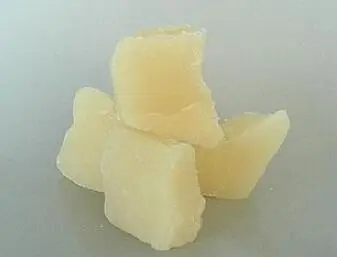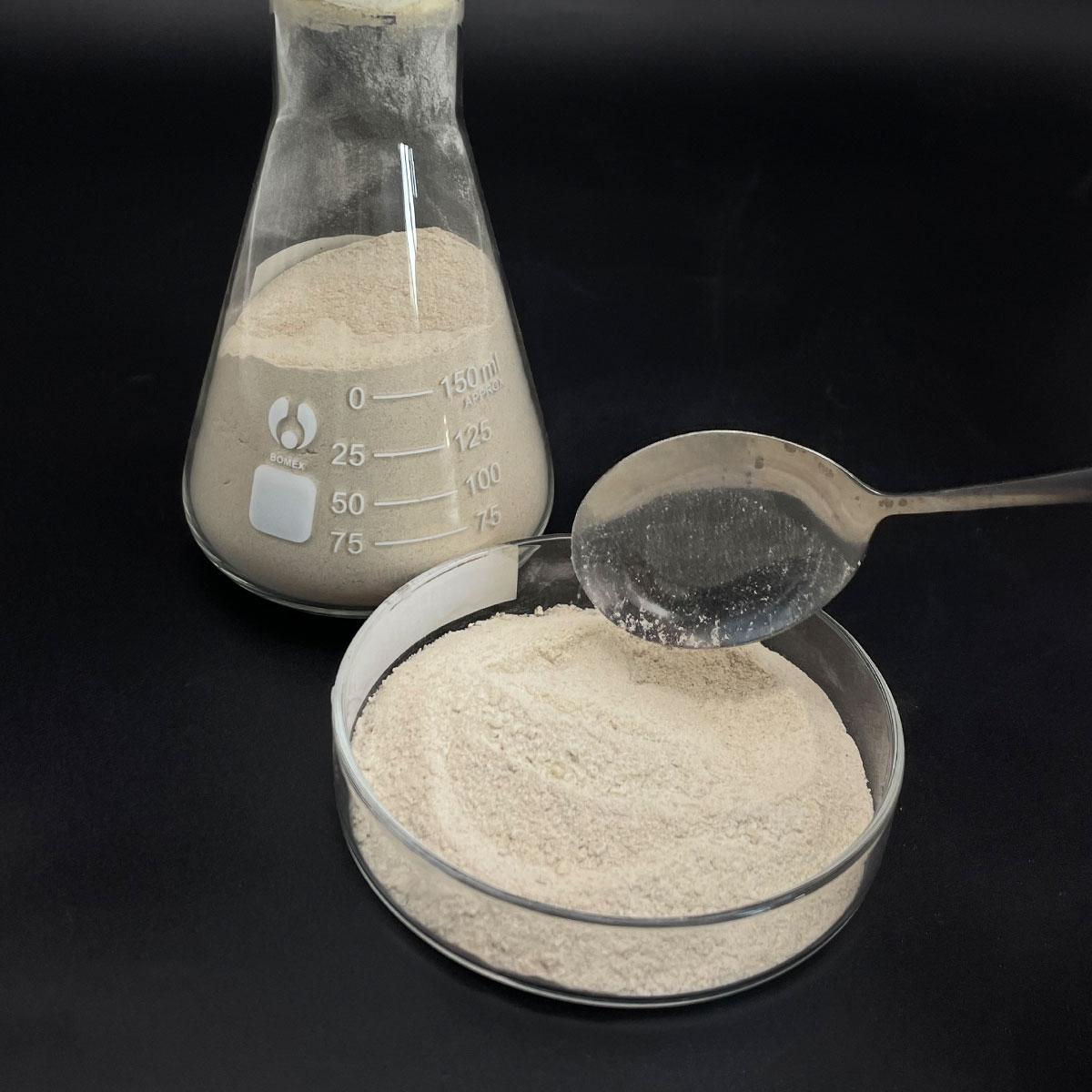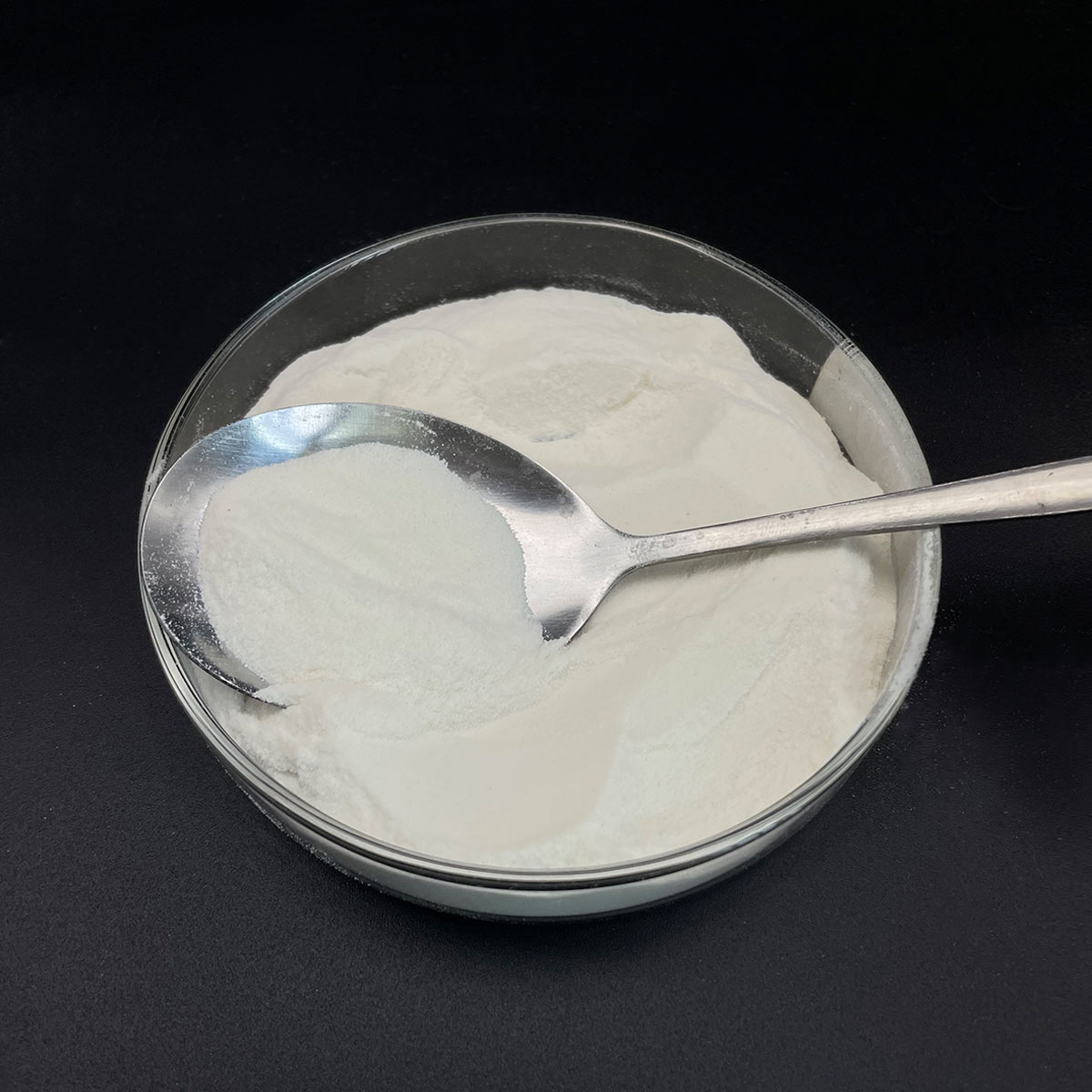Overview of Dispersant Dispersing Agent High Efficiency Chemical Viscosity Reduction Anionic Surfactant CAS 5124-85-2
Anionic surfactants are a class of surface-active agents characterized by a negatively charged hydrophilic head group when dissolved in water. This charge arises from the presence of a sulfate, sulfonate, phosphate, or carboxylate group. They are among the most widely used surfactants due to their effective cleaning properties, foaming capacity, and broad compatibility with other formulation ingredients. Anionic surfactants find extensive application across industries, including personal care, household cleaning, textiles, and industrial processes.
Features of Dispersant Dispersing Agent High Efficiency Chemical Viscosity Reduction Anionic Surfactant CAS 5124-85-2
-
Negative Charge: The anionic head group imparts water solubility and enables interaction with positively charged surfaces or particles.
-
Detergency: Exceptional at removing dirt, grease, and oils due to their strong polarity and ability to penetrate and disrupt these substances.
-
Foaming Properties: Many anionic surfactants generate stable and abundant foam, making them ideal for applications where lather is desired.
-
Cost-Effectiveness: They are often less expensive than nonionic, cationic, or amphoteric surfactants due to the abundance of raw materials and established production processes.
-
Compatibility: Can be combined with other surfactants to enhance performance or adjust properties, although care must be taken to avoid precipitation or incompatibility issues.
-
Environmental Considerations: Some anionic surfactants may pose environmental concerns due to their persistence or toxicity; however, biodegradable options are available.

(Dispersant Dispersing Agent High Efficiency Chemical Viscosity Reduction Anionic Surfactant CAS 5124-85-2)
Specification of Dispersant Dispersing Agent High Efficiency Chemical Viscosity Reduction Anionic Surfactant CAS 5124-85-2
Introduction:
Dispersants, such as high efficiency chemical viscosity reduction anionic surfactants, play a crucial role in maintaining the stability and flow properties of liquids. These agents are designed to enhance the effectiveness of dispersants by reducing their viscosity and increasing their solubility in a liquid. One such agent is anionic surfactant with a chemical formula of CAS 5124-85-2.
Anionic surfactants are highly effective at reducing the viscosity of a liquid by blocking the surface tension of water molecules. They work by polarizing the surface of a liquid, making it less soluble in other solvents. The high concentration of ions in these surfactants creates a strong interfacial tension that reduces the drag on particles in suspension, thereby improving flow properties.
The high efficiency of this anionic surfactant is due to its ability to dissolve quickly into a liquid, reducing the time required for effective diffusion. It also has a long shelf life, making it suitable for use in a wide range of applications, including food processing, cleaning solutions, and industrial processes.
Furthermore, this anionic surfactant has a low toxicity and environmental impact, making it an ideal choice for use in sensitive or hazardous environments. Its high compatibility with various types of liquids means that it can be used in a variety of industries, from cosmetics and pharmaceuticals to food and beverage processing.
In conclusion, the specification of high efficiency chemical viscosity reduction anionic surfactants like CAS 5124-85-2 is critical for ensuring optimal performance in a wide range of applications. These agents are known for their excellent solubility, rapid dissipation, low toxicity, and environmental friendliness, making them an essential component of modern laboratory and industrial equipment.

(Dispersant Dispersing Agent High Efficiency Chemical Viscosity Reduction Anionic Surfactant CAS 5124-85-2)
Applications of Dispersant Dispersing Agent High Efficiency Chemical Viscosity Reduction Anionic Surfactant CAS 5124-85-2
Dispersants are a type of chemical substance that are used to disperse suspended particles in water or other liquids. One important application of dispersants is in the production of cosmetics and personal care products. These products contain small, suspended particles that can settle out as the water is poured over them. Dispersants are able to prevent these settling particles from aggregating and clumping together, which helps to keep the product distributed evenly throughout the container.
In addition to their use in cosmetics, dispersants are also widely used in a variety of industrial applications. For example, they are often used in cleaning and disinfecting processes, as well as in the manufacturing of adhesives, plastics, and other materials.
Anionic surfactants are one class of dispersants that are particularly effective at reducing the viscosity of suspensions. They work by blocking the movement of small, charged particles, such as oil droplets or dirt, from moving through the liquid. This makes it easier for larger particles to be dispersed and ensures that the product is evenly distributed throughout the container.
One of the most popular anionic surfactants is CAS 5124-85-2. This highly efficient chemical viscosity reduction agent is designed to effectively reduce the viscosity of both aqueous and oily solutions. It works by breaking down the surface tension of the solution, allowing it to flow more easily through pipes and vessels.
Overall,-dispersants play an important role in many different industries and applications, including cosmetics, personal care, industrial cleaning and disinfection, and even the manufacturing of adhesives, plastics, and other materials. By reducing the viscosity of suspensions, dispersants make it easier to pour and distribute products throughout containers, ensuring that they are thoroughly mixed and ready for use.
Company Profile
SurfactantChina is a trusted global chemical material supplier & manufacturer with over 12-year-experience in providing super high-quality surfactant and relative products.
The company has a professional technical department and Quality Supervision Department, a well-equipped laboratory, and equipped with advanced testing equipment and after-sales customer service center.
If you are looking for high-quality surfactant and relative products, please feel free to contact us or click on the needed products to send an inquiry.
Payment Methods
L/C, T/T, Western Union, Paypal, Credit Card etc.
Shipment
It could be shipped by sea, by air, or by reveal ASAP as soon as repayment receipt.
5 FAQs of Dispersant Dispersing Agent High Efficiency Chemical Viscosity Reduction Anionic Surfactant CAS 5124-85-2
Q: What is the purpose of dispersant dispersing agent high efficiency chemical viscosity reduction anionic surfactant?
A: The purpose of dispersant-dispersing agent high efficiency chemical viscosity reduction anionic surfactant is to improve the fluidity and dispersion properties of solvents, particularly in aqueous solutions. It helps to reduce the viscosity of mixtures and makes it easier for them to mix and transfer. This can be especially useful in industries such as chemical manufacturing, oil and gas processing, and food and pharmaceuticals.
Q: How does the anionic surfactant work to reduce chemical viscosity?
A: Anionic surfactants have a charged head group that can adsorb onto colloidal particles or even impurities in the solvent. When anionic surfactant is added to a solution, it forms a micelles structure around these colloidal particles, which can disrupt their surface tension and increase the fluidity of the solution. Additionally, some anions can ionize and create free radicals that can further enhance the foam-forming ability of the surfactant.
Q: Can I use different types of anionic surfactants for different applications?
A: Yes, different anionic surfactants can be used for different applications due to their unique properties and performance characteristics. For example, a polar anion surfactant may be more effective at reducing fluidity than an anionic surfactant with a more neutral charge. Similarly, a surfactant with a higher molecular weight may be more stable than one with a shorter molecular weight.
Q: Are there any potential drawbacks to using anionic surfactants?
A: While anionic surfactants offer many benefits, they can also have some potential drawbacks. One issue is that they can be sensitive to temperature changes, so they should be stored and transported carefully. They can also interact with other chemicals in the, leading to changes in their efficacy or stability. Finally, they can produce a foam when subjected to high pressure or velocity, which can be hazardous if not handled properly.
Q: Are there any alternative products that can be used instead of anionic surfactants?
A: Yes, there are several alternative products that can be used instead of anionic surfactants in various applications. These include hydrocolloids, which are nonionic surfactants that provide similar foam-forming properties but without the negative effects of anionic surfactants. Other alternatives include co-surfactants, which can help to increase the surface tension of water and improve the formation of. Additionally, natural ingredients such as essential oils, fruit enzymes, and plant extracts can also be used as alternatives to anionic surfactants in certain situations.

(Dispersant Dispersing Agent High Efficiency Chemical Viscosity Reduction Anionic Surfactant CAS 5124-85-2)





